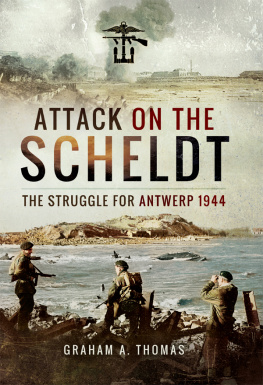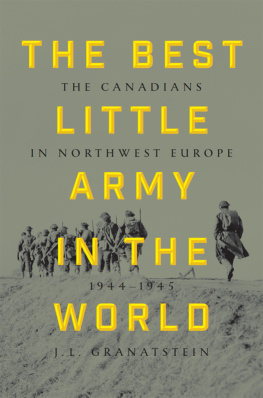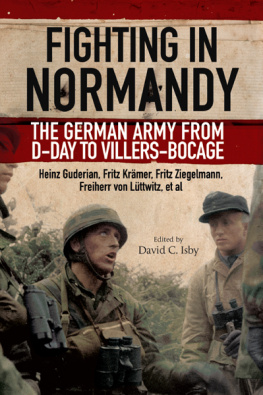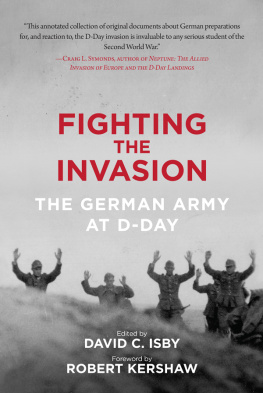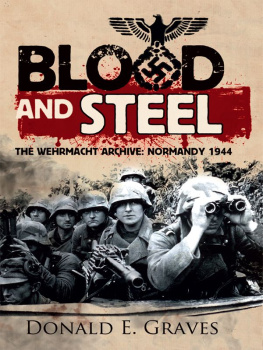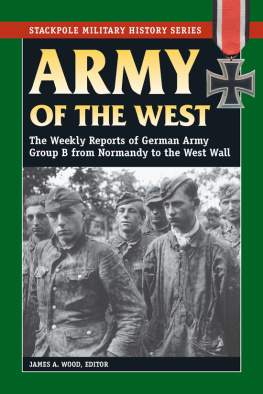
Attack on the Scheldt
Attack on the Scheldt
The Struggle for Antwerp 1944
GRAHAM A. THOMAS
First published in Great Britain in 2017 by
Pen and Sword Military
an imprint of
Pen and Sword Books Ltd
47 Church Street
Barnsley
South Yorkshire S70 2AS
Copyright Graham A. Thomas, 2017
ISBN 978 147385 067 5
eISBN 997 8147385 068 2
Mobi ISBN 978 147385 069 9
The right of Graham A. Thomas to be identified as the author of this work has been asserted by him in accordance with the Copyright, Designs and Patents Act 1988.
A CIP record for this book is available from the British Library
All rights reserved. No part of this book may be reproduced or transmitted in any form or by any means, electronic or mechanical including photocopying, recording, or by any information storage and retrieval system, without permission from the Publisher in writing.
Pen & Sword Books Ltd incorporates the imprints of
Pen & Sword Archaeology, Atlas, Aviation, Battleground, Discovery, Family History, History, Maritime, Military, Naval, Politics, Railways, Select, Social History, Transport, True Crime, Claymore Press, Frontline Books, Leo Cooper, Praetorian Press, Remember When, Seaforth Publishing and Wharncliffe.
For a complete list of Pen and Sword titles please contact
Pen and Sword Books Limited
47 Church Street, Barnsley, South Yorkshire, S70 2AS, England
E-mail:
Website: www.pen-and-sword.co.uk
Authors Note
In history it is fairly easy to speculate about what might have happened if so and so had done this or that. Histories of the Second World War are full of that kind of look back where the historian has made speculative theories about what could have happened had things been different. These theories are based on the historians research and so have some validity. But they are still speculation.
My purpose in writing this book is to detail the gruelling, ferocious fighting in terrible conditions that the Allies had to undertake in order to clear the Scheldt Estuary of the German Fifteenth Army encamped on the south shore of the estuary, on South Beveland and on Walcheren Island. In September 1944 the Allies captured Antwerp. The citys port facilities were intact and therefore could be used by the Allies to bring in supplies, men and materiel so they could continue to take the fight to the Germans.
However, in order to get to Antwerp Allied shipping would have to navigate the Scheldt Estuary and the northern shore of the estuary encompassed South Beveland and part of Walcheren Island. All along this shoreline the Germans had built gun emplacements pointing into the estuary ready to blast any ship from the water. Indeed, the whole of the coastal area of Walcheren Island was ringed by a dyke and in that dyke the Germans had constructed concrete gun emplacements and bunkers. The island was a fortress. For the Allies to use the port facilities at Antwerp this fortress needed to be captured and put out of action.
Where the speculation comes in is regarding the delay between the capture of Antwerp and the battles to clear the south and north shores of the Scheldt. Why did the Allies stall? The German Fifteenth Army was in a shambles after the Allies broke free from the constraints of the Normandy beachhead and British armour rolled virtually unopposed across Belgium as far as Antwerp before they finally stopped. Behind them came the infantry, mopping up any corners of German resistance that the tanks hadnt dealt with. The Germans were stunned by the speed of the British advance and, initially, they were unable to mount an effective defence against the advancing Allies. So the question that many have asked over the years is why didnt the British take advantage of the German collapse? Why did they allow the entire German Fifteenth Army to slip through their hands, regroup, reorganise and prepare such difficult defensive positions that the operations to clear the Scheldt would prove to be possibly the most difficult of the entire war?
Scholars and historians will likely have different answers and different interpretations for the reasons why the Allies stopped at Antwerp. Montgomery wanted to concentrate on Operation Market Garden, the ill-fated assault across the Rhine at Arnhem, the British had run out of fuel and were waiting for supplies to catch up with their armour and so forth. Antwerp was captured by the Allies in the first few days of September 1944 and operations to clear the Scheldt did not begin until a month later.
There is no doubt that there was a clash of personalities between Montgomery and Eisenhower or between Montgomery and Patton. Some of the blame for the delay can be levelled at the inertia created by the clashes between these men and other senior officers, British and American. While my research seems to put most of the blame onto Field Marshal Viscount Bernard Law Montgomerys shoulders, I dont believe that is entirely the case. Montgomery wanted a quick end to the war. He believed that crossing the Rhine at Arnhem and then pushing across the northern plains of Germany to Berlin with a large enough force would give the Germans a hammer blow from which they could not recover. However, one could say that the motives behind Montgomerys decision could be because he wanted the glory of entering Berlin first. It has been well documented that Patton was a glory seeker and, to some degree, so was Montgomery as were other Allied generals. But does it really matter?
Personally, I dont believe it does. Thats why my reasons for writing this book are not to point fingers but to document the hard, bitter fighting the Allies had to go through to defeat the Germans in the Scheldt area. From the start of operations it took the Allies eighty-five days to clear the Scheldt and be able to use the port facilities at Antwerp. Those eighty-five days saw some of the worst fighting of the war. It was an inch by inch, foot by foot, yard by yard hard slog through thick mud, oozing slime, deep water in virtually continuous rain against fierce, concentrated enemy fire. It was a fight that saw many German officers ferevently forcing their men to hold out to the very last man. It saw some of the more fanatical Germans shooting their own troops when they tried to surrender.
Much of the material for this book comes from reports written by Canadian military historians, military officers who were embedded with units and were able to document with a high degree of accuracy what went on. The battle to clear the Scheldt was a Canadian and British affair with support from other Allies including the 1st US Army. It was an Allied coalition of joint operations where the combined arms and services, land, air and sea, operated in conjunction with one another. Armour supported the infantry, air support was there when requested, weather permitting, and the Royal Navy provided bombardment support from the sea as the amphibious landings took place.
My reasons for writing this book were not to lay blame or look at what ifs but to document these operations as best I could so readers can get an understanding of all-out war. Weve seen war glorified in films and in books as well but what is written in these pages are the facts as they were taken down by the people there. The Canadian historians attached to their units were very meticulous in what they documented, the British much less so. The British did not have historians in every unit and what they would have recorded came after the battles, based on eye witnesses, on debriefings and so forth. So these are the facts as closely as we can get them. My hope is that the reader in this early part of the twenty-first century gains a deeper understanding of full-scale war. I believe we should all know this so that we never have to go through this again. Hopefully, the next time politicians want to get involved in a war, readers will be able to cite this book along with many others, and say, never, ever again.
Next page
